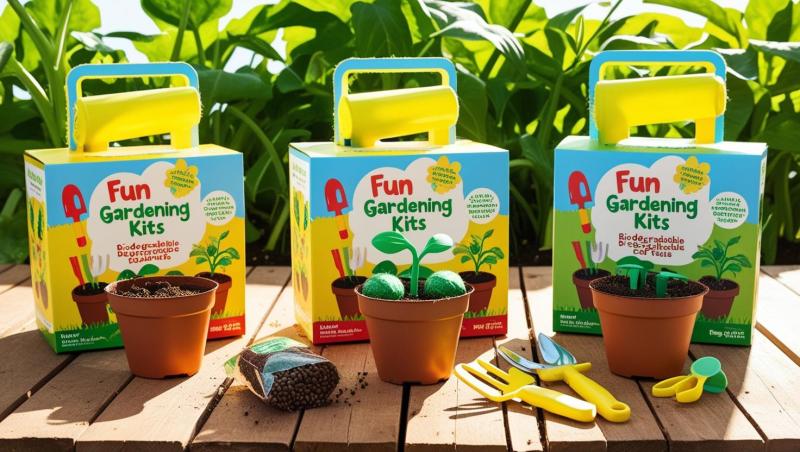Why Optimism Matters
Raising children in today’s fast-paced world means guiding them through many challenges—from school pressures to social interactions and everyday disappointments. While no parent can protect their child from every setback, they can equip them with a mindset that allows them to thrive even in difficult moments.
That mindset is optimism.
Parents often wonder: “What is the importance of optimism in childhood?” The answer is clear—optimism helps children believe that setbacks are temporary, that effort leads to growth, and that hope is always possible. When you encourage optimism in your child, you’re not just helping them stay positive—you’re also teaching resilience, problem-solving, and confidence.
This article explores why optimism is important, practical ways you can nurture it at home, and how embracing optimism as a family sets the foundation for long-term happiness and success.

What is the Importance of Optimism in Childhood?
Optimism is more than being cheerful; it’s an active mindset. It gives children a healthy lens through which to view the world:
-
Confidence in Challenges: Optimistic kids see difficulties as solvable puzzles rather than dead ends.
-
Resilience to Setbacks: Instead of giving up, they bounce back and try again.
-
Social Strength: Optimism builds empathy and stronger friendships, since positive children are often more approachable.
-
Better Mental Health: Cultivating optimism and hope can reduce anxiety, depression, and stress in young children.
-
Academic Success: Researchers have found optimistic children often perform better at school because they believe in their ability to improve.
In short, the importance of optimism cannot be overstated—it directly shapes how children handle the present and how they prepare for the future.
Everyday Ways to Encourage Optimism in Your Child
1. Model Optimistic Behavior
Children mirror adults. The way you handle tough situations teaches them how to respond in their own lives. Instead of saying, “This is too hard,” try saying, “This is challenging, but I know I’ll find a way.” These small reframings show your child that setbacks aren’t permanent.
Try This: Next time a family plan changes (like a picnic being canceled due to rain), demonstrate flexibility and say, “Let’s make it fun indoors—how about a movie day with popcorn?”
2. Encourage Problem-Solving
When kids encounter obstacles, resist the urge to fix everything for them. Instead, ask guiding questions:
-
“What’s another way we could try this?”
-
“What do you think might work instead?”
This builds resilience and encourages optimistic thinking. They learn that challenges are not the end, but opportunities to learn and adapt.
3. Focus on Effort Over Outcome
Children who feel pressured to always “win” or be perfect may fear mistakes. Encourage optimism by celebrating effort rather than only achievement.
Example: If your child builds a Lego tower that falls apart, praise their creativity and persistence: “I love how you kept trying different shapes—it shows determination!” This reframes “failure” into a step toward growth.
4. Foster Gratitude and Reflection
Optimism connects closely with gratitude. Taking time to notice the good builds a hopeful outlook.
Family Idea: Start a gratitude ritual at dinner where everyone shares one positive moment from their day. Even small joys, like “My friend shared their snack,” remind children that there are always reasons to smile.
5. Choose Positive Books and Toys
Stories and playtime shape imagination—and imagination fuels optimism. Choose books that highlight characters who overcome challenges through hope and persistence. Similarly, toys that encourage teamwork (like board games) or problem-solving (like puzzles and building sets) allow kids to experience optimism in action.
At JustToysStore, we often recommend interactive play sets and cooperative games designed to teach children the joy of working together and the satisfaction of perseverance.
6. Build Optimism Through Language
The words you use daily can make optimism a family habit. Instead of “I can’t,” encourage your child to say “I’ll try.” Instead of “This is too hard,” teach them to say “This may take time, but I can learn.”
Replacing negative self-talk with empowered words helps optimism become second nature.

Embracing Optimism as a Family
Optimism thrives in environments where it’s practiced regularly, not just taught occasionally. To truly embrace optimism, families can:
-
Reframe Challenges Together: When facing unexpected issues like a flat tire or rescheduled event, talk through what’s still positive about the day.
-
Celebrate Small Wins: Acknowledge even small successes—like learning a new word, being patient in line, or helping a sibling.
-
Practice Forward-Thinking: Teach children to look ahead with hope: “What are you looking forward to tomorrow?”
By embracing optimism within your home, it becomes woven into your child’s worldview. They don’t just learn about positivity—they live it every day.
Optimism and Hope: Building Long-Term Resilience
Optimism and hope are two sides of the same coin. Optimism is the belief that good things can happen, while hope is the motivation to pursue them. Together, they:
-
Inspire resilience during adversity.
-
Motivate children to set goals and imagine a brighter future.
-
Encourage persistence when progress feels slow.
Example: A child struggling with math may feel discouraged. Optimism helps them think, “I can get better with practice,” while hope drives them to keep trying until improvement comes.
By teaching both skills, parents give children tools to carry through adolescence, young adulthood, and beyond.
Practical Activities to Teach Optimism
Here are some simple ways to weave optimism-building activities into your child’s routine:
-
Optimism Jar: Keep a jar where family members drop notes about something good that happened each day. Read them together weekly.
-
Role-Play Challenges: Act out situations (losing a game, missing a bus) and brainstorm positive ways to handle them.
-
Optimism Storytime: After reading a book, ask your child, “What hopeful thing did the character do?” or “How did they overcome their problem?”
-
Goal Boards: Create a visual reminder of goals with drawings, stickers, or photos to encourage hope and persistence.
Common Challenges Parents Face (and How to Handle Them)
-
"My child gets discouraged easily."
👉 Try breaking tasks into smaller steps and celebrate each milestone. -
"They focus on the negatives too much."
👉 Use positive language coaching and practice gratitude journals. -
"They compare themselves with others."
👉 Teach them that effort, not comparison, is the true measure of success.
Parenting isn’t about preventing frustration—it’s about helping kids respond with optimism and hope when frustration comes.
Conclusion: The Gift of Optimism
Encouraging optimism in your child is one of the most valuable gifts you can give. By modeling positivity, teaching problem-solving, fostering gratitude, and embracing optimism as a family, you raise not only a hopeful child but a resilient adult.
Optimism and hope work hand in hand to create confident, solution-focused thinkers who can face life’s obstacles with courage. So the next time your child encounters a challenge, remind them: challenges are not roadblocks—they are stepping stones.
When you nurture optimism today, you build tomorrow’s confident, resilient dreamers.



